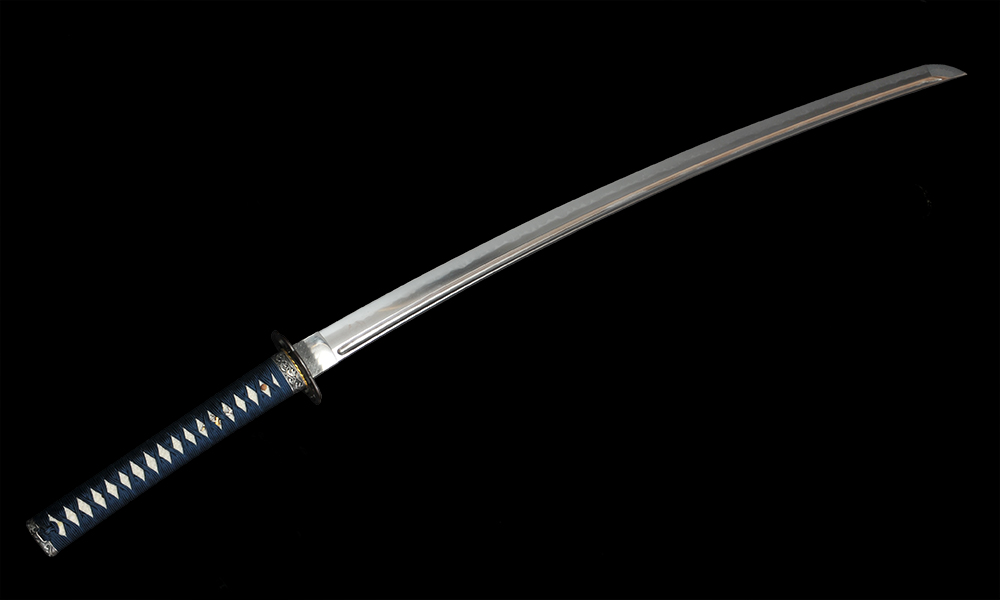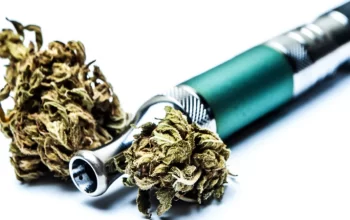A traditional Japanese katana is typically forged from a pure billet of carbon steel, which is then folded multiple times over to produce thousands of layers that are strong and flexible, yet very durable. This process makes the blade both resilient and razor-sharp. The edge is also traditionally folded over a root-like structure of the blade itself, making it flexible and yet also very durable. Here are the key features of a japanese katana, which include its blade, the edge, the tsuba and habaki, and the mountings.
Blade
The blade of a katana is forged from a single billet of carbon steel, and the shape that it takes is determined by the way in which it is created. The process the billet goes through is called “tempering,” and that’s when it begins to take on its characteristic form.
When you start to fold over the blade, you will find that there are some areas where you need to forge straight cuts into the billet, while others require round or curved cuts. The art of creating the blade involves knowing which cuts to make and in what order, so that you create one continous surface that is both straight and curved in various areas. You will finish the blade by hammering it into its final form.
Edge
The edge of the katana has been folded over the tang of the blade, which is a root-like structure that you need to remove before sharpening the blade. The edge is sharpened in two ways. It is hardened by quenching in water, and then ground by scraping off excess material during use until you reach the correct thickness. This process can take several months to years, depending on how often you use your katana, and it also depends on how much it needs to be sharpened each time.

Tsuba and Habaki
The tsuba or hand guard is made from a piece of steel that is cut to shape, coated with lacquer and then inlaid with (depending on the level of skill of the maker) gold leaf and/or copper alloy. It’s attached by a kozuka (small blade) to the katana using a small section of the same steel as the blade called a mekugi, which acts as a pivot. The tsuba is not as strong as the steel of the blade, so it does not hold it in place. Instead, it is used for decoration and for gripping the katana during battle.
Mountings
The mountings of a katana can either be made from iron or steel, and are attached to the tang of the blade with a mekugi. The katana can be mounted with a Japanese tsuba. This is a piece of steel that has curved edges and is often decorated with gold or silver. It’s usually attached to the katana by a small section of steel that lines the blade, serving as a pivot.



